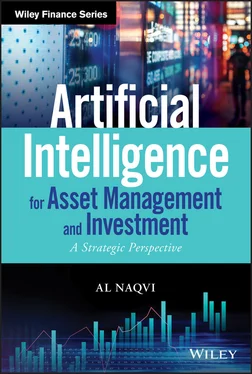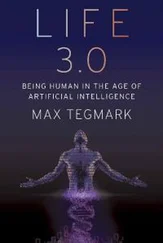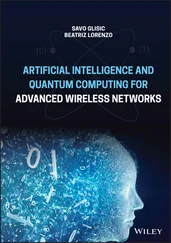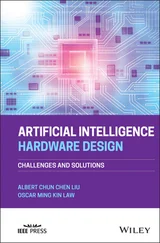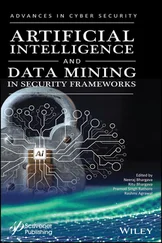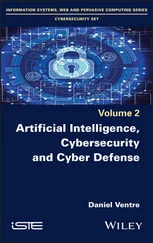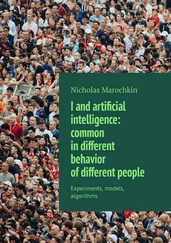In the Power Schoolstrategies come from negotiating and power games that are played in companies. From an intelligence angle, machines can decipher power patterns and even help understand the strategy development from a power struggle perspective.
The Cultural Schoolemphasizes the strategy formulation process as a cultural process. In the era of intelligent machines, humans can not only study culture with greater accuracy but also develop a deeper understanding of the social phenomena underlying their strategies. Culture is “essentially composed of interpretations of a world and the activities and artifacts that reflect these. Beyond cognition these interpretations are shared collectively, in a social process.”
In the Environment Schoolstrategy is shaped as a response to the environment. A responsive strategy to the environment implies that the entity will adapt and adjust. A nonadaptive entity will be wiped out. From an intelligence perspective, the ability to study and track changes in the environment and also to formulate responses to the challenges unleashed by the environment can be enabled by intelligence.
In the Configuration Schoolthe strategy comes from structures, configurations, and states. The configuration is the state of an organization in the context of its surroundings, and strategy leads to change in state. From an intelligence perspective, the configuration school implies that the structures and states of a company are measured better, and the transformation strategy is tracked more effectively. The product, production platform, and interlinked network participate in determining the state of the system (the firm), and reconfigure, transform, or transition to a new state when change events happen.
The intelligence era connects all ten schools into one—the intelligence-centric competitive advantage. In doing so the competitive advantage is shaped by factors such as:
Intelligent machines are deployed to help understand internal and external environments, the existing states, the competitive dynamics, the cultural and social dynamics, and the set of opportunities and threats.
The product itself, the production platform, and the interlinked network become the source of strategic information.
The system creates awareness about its own states and transitions to a new state with awareness that a change event has transpired calling for transition.
The system is viewed as a learning system and is composed of interactive agents that interact with each other and with external systems forming a complex system.
Now let us evaluate what this means for an investment firm:
Humans and Machines: Investment strategies will result from the interactive and collaborative efforts of machines and humans.
Products: On the investment strategy side, learning machines (intelligence) will enable us to:
1 develop new investment strategies;monitor the investment environment better;understand our own biases in formulating portfolio or asset selection strategies;predict outcomes;understand metacognitive structures in the markets—for example, stories, narratives, and alpha signals that are not easily detectable;respond quickly to opportunities and threats; anddesign, develop, and offer new products faster.
Production Platform: On the production platform side, learning machines will help us improve regulatory and governance requirements, help identify and onboard new clients, help us develop and strengthen relationships with institutional clients, increase assets under management (AUM), deploy powerful marketing, provide excellent customer service, give clients powerful insights, enable value added services, introduce new products, and support all other services that are necessary for operations and production.
Interlinked Network: This means that learning machines help build greater understanding of partners, suppliers, regulators, channel partners, and all other entities with whom the firm interacts.
The competitive advantage of a firm is therefore architected based on the above factors. It is from these factors that firms understand how they will compete and win. It is also across those dimensions that differentiation of a firm would materialize. None of the above factors can be ignored by a firm.
Note that the above discussion focused on intelligence of machines and the resultant augmentation of human capacity to understand our environment and make better decisions. Intelligence, in that context, is one side of artificial intelligence. The other side is automation.
For business purposes, I define intelligence as being able to successfully perform work by displaying goal-directed behavior in situations of uncertainty. When machines display intelligence, they perform work and resolve uncertainty in accordance with goal-directed behavior. It can also be viewed as an attribute of an artifact by which it accomplishes work by successfully tackling uncertain situations in accordance with its goals.
Let us clarify this definition:
Being able to successfully perform work: This implies that the entity or artifact can perform work, and its success is determined in accordance with the goal set for the entity. Work implies the activities conducted by humans that add value for human life and survival.
Goal-directed behavior: Goal-directed behavior implies that the entity is operating with a sense of purpose and not just randomly. It has a goal. This goal may have been given by a human or it may have assigned the goal to itself.
Uncertainty: Uncertainty implies the ability to navigate through situations where more than one choice exists. Of course, the greater the uncertainty, the more intelligence is needed to navigate. In a simple system, intelligent decision could be as simple as making a binary choice between two options. For example, a simple regulator can start the air conditioning or not. In a more complicated system, more choices are available. For example, in a game of chess, depending on the position, a certain number of moves are possible. Another example will be of your spellchecker or text recommender to fill in words as you type. In even more uncertain situations, for example, autonomous cars navigating and driving on a busy street, the number of choices is unimaginably large.
But performing or accomplishing work requires more than intelligence. It requires us to take actions.
An intelligent entity must interact with its environment. A thinker who loses the capacity to interact with the environment will only have thoughts in his or her head but will not be able to perform any action. Also, this thinker will not be able to entertain any new input or sense any new information since it is disconnected with the environment. A thought trapped in a mind incapable of any interaction with the environment is not helpful to accomplish any work task. To perform a work task, therefore, an intelligent entity needs to interact with its environment.
Perhaps it will be helpful to make a distinction between thinking and acting. When we act, we create a change in the environment. Whether action is composed of movement or transferring data or sending a notification, it is something that materializes in the environment in which an intelligent artifact is operating. In other words, it does not happen in the mind of the artifact as it necessarily requires some type of expression that is based on interaction with the environment. As we make the distinction between thinking and action, we can view intelligence (thinking) and action as interdependent and interconnected. Thinking drives action—for example, you decide to make a right turn while driving—but action also drives thinking. For instance, as you start turning the steering wheel, the feedback from the car, the steering wheel that you are holding, and the surroundings send signals to your brain and the brain helps you to keep the car on the road as you perform the action of turning the car by turning the steering wheel. This hand and mind coordination can be viewed as constant back and forth rapid transition between states of thinking and acting. A thinking system does not think in isolation; it interacts with its environment.
Читать дальше
